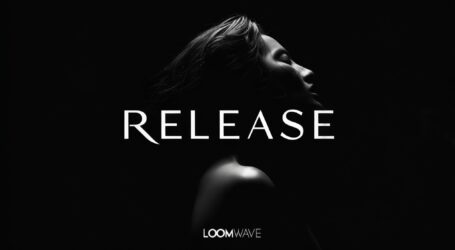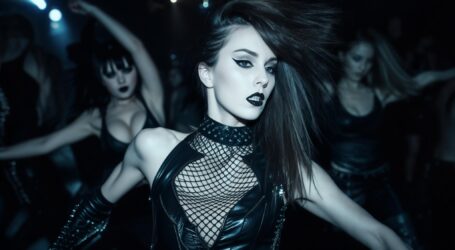The Solution – Loomwave
Bottom Line Up Front: “The Solution” represents a breakthrough in AI-assisted music video production, demonstrating how creative problem-solving and iterative development can transform initial technical limitations into polished content. The track showcases the evolution from simple Suno generation to complex multi-platform video production.
Conceptualizing with AI Collaboration
The creative process for “The Solution” began with the decision to revisit earlier work, demonstrating how AI music production often involves iterative development cycles rather than linear progression. The initial concept emerged from a late-night creative burst where three med rap songs were generated in rapid succession.
The revival process started with visual conceptualization, moving beyond simple audio generation to comprehensive multimedia production. Luma and Kling were opened for album cover creation, developing images of a DJ with distinctive features including long black hair, number two undercut, and neck tattoos, positioned at futuristic DJ turntables.
This phase highlighted the importance of visual storytelling in modern AI music production, where the accompanying imagery becomes as crucial as the audio itself. The decision to create a complete music video rather than just releasing audio demonstrates the evolution of AI-assisted content creation toward full multimedia experiences.
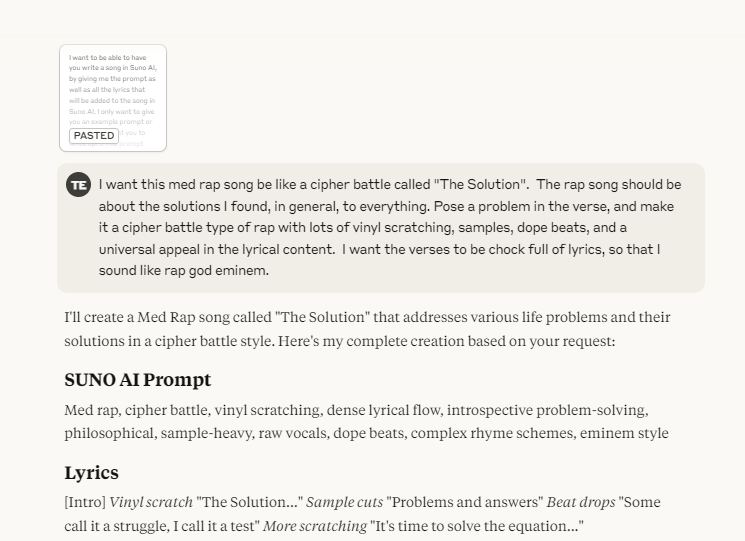
Multi-Platform AI Generation Strategy
The production utilized three primary AI platforms: Suno AI for music generation and remastering, Luma Dream Machine for initial image generation, and Kling for animation and video creation. This multi-platform approach became necessary when individual tools showed specific limitations.
The initial challenge emerged when break dancers in the generated images appeared with distorted body parts across multiple iterations. Rather than abandoning the concept, a creative workaround was implemented by putting the dancers in onesies, including werewolf and pink designs, which resolved the AI’s difficulty with human anatomy while maintaining the dynamic visual concept.
Platform switching proved crucial when Luma’s animation capabilities fell short of expectations. Kling produced superior results, successfully animating the four background dancers and creating the desired 5-second dance loops that were extended to 10-second segments for the chorus. This demonstrated the importance of platform flexibility in AI content creation.

Audio Mastering and Quality Enhancement
The audio remastering phase addressed significant quality issues from the original version, which suffered from excessive metallic noise and synth distortion that compromised the listening experience. This phase exemplified the iterative nature of AI music production, where initial generations rarely meet final quality standards.
The commitment to quality involved substantial resource investment, with over 100 Suno credits used to generate approximately 20 different versions. The goal was achieving crisp high-quality audio with vinyl scratching sounds and a strong chorus that would meet professional standards.
Structural modifications became necessary during the remastering process. The bridge section was removed as it made the song too long, and was replaced with additional chorus content to maintain energy and listener engagement. This decision reflected understanding of how AI-generated music must be edited for optimal pacing and commercial viability.
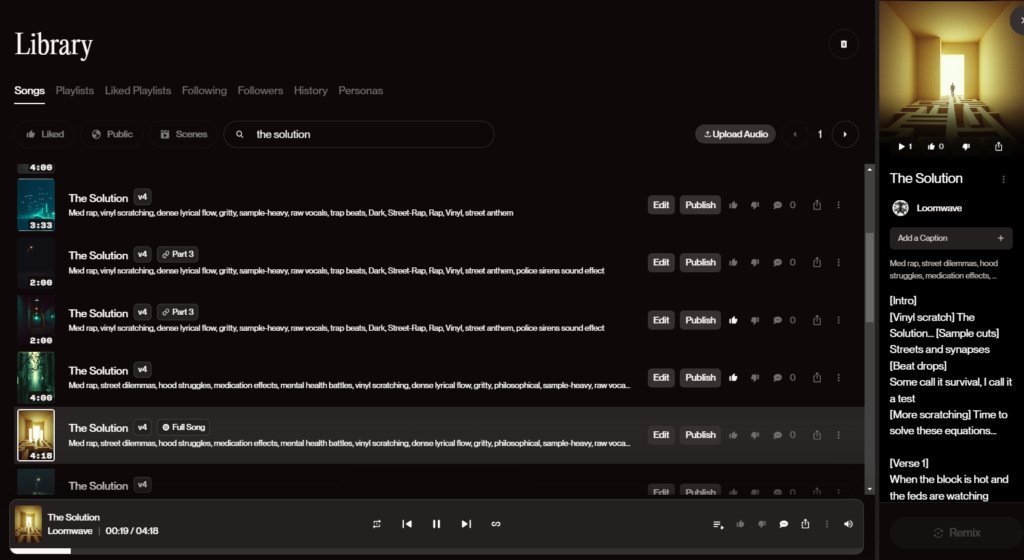
Video Production and Technical Assembly
The video creation process showcased advanced AI animation techniques, moving beyond static images to dynamic visual storytelling. The process involved creating 5-second dance loops that were extended to 10-second loops specifically designed for the chorus sections, requiring careful timing coordination between audio and visual elements.
Technical assembly utilized VSDC Video Editor for final compilation, where multiple AI-generated elements were synthesized into a cohesive whole. The completion included adding intro and outro segments featuring headshots of a male wearing futuristic neon glasses with “The Solution” text, creating a branded visual identity for the track.
The entire video production process took approximately two hours of focused work, demonstrating how AI tools can accelerate traditional video production timelines while maintaining creative control and artistic vision.
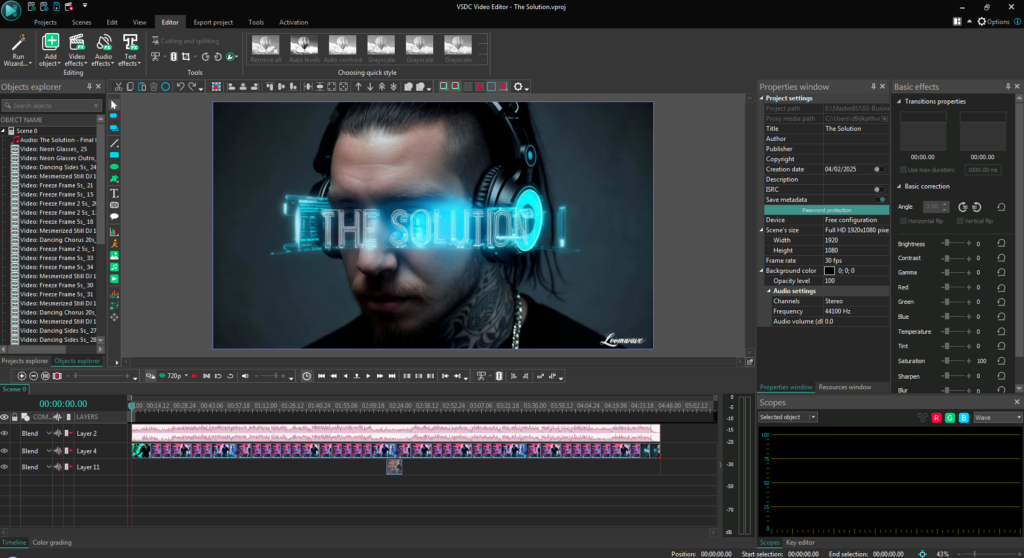
Creative Problem-Solving and Platform Limitations
The production process revealed both the potential and limitations of current AI content creation tools. When initial break dancer animations showed distorted body parts, the creative solution of using onesies transformed a technical limitation into a unique aesthetic choice that enhanced rather than compromised the visual concept.
Platform switching became a crucial skill, with different AI tools showing varying strengths for specific tasks. The willingness to experiment across multiple platforms and invest substantial credits in quality iterations demonstrated the commitment required for professional-level AI content creation.
The iterative approach proved essential, with the final version representing one successful outcome from dozens of attempts. This process highlighted how AI music production requires patience, resources, and creative flexibility to achieve desired results.
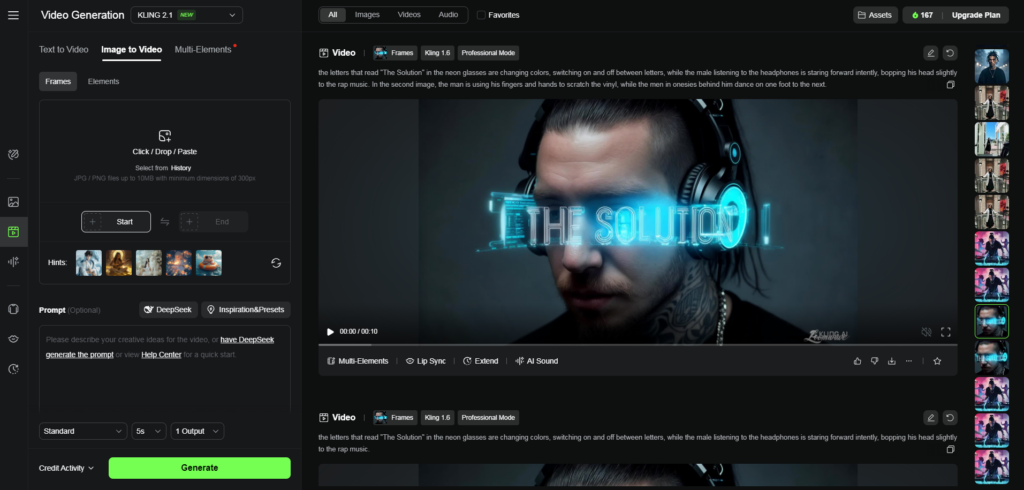
Results and Technical Achievement
The final upload to YouTube occurred at 4:10 p.m. on April 2, 2025, with the combination of elements described as “really magical,” indicating satisfaction with the creative and technical execution.
The completed project demonstrated successful integration of multiple AI platforms into a cohesive multimedia experience. The track represented advancement from simple audio generation to complex video production, showcasing the evolution of AI-assisted creative workflows.
The project’s completion within a compressed timeframe while maintaining quality standards illustrated the efficiency potential of AI tools when combined with skilled creative direction and technical problem-solving abilities.
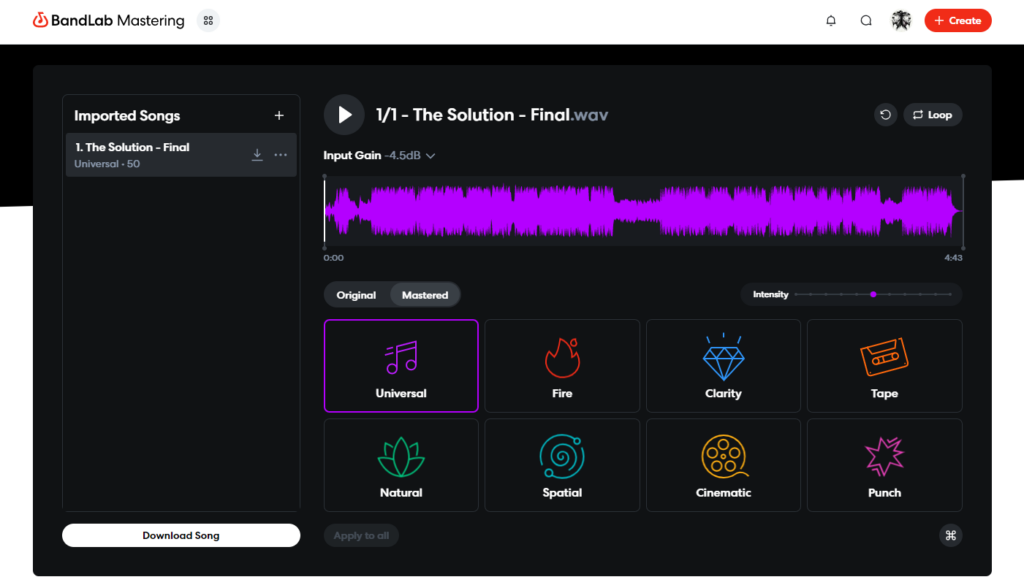
Future Implications for AI Music Production
“The Solution” represents a milestone in the evolution of AI-assisted music production, demonstrating how creative professionals can leverage multiple platforms to overcome individual tool limitations. The project showcased the importance of iterative development, platform flexibility, and creative problem-solving in achieving professional-quality results.
The successful integration of audio generation, image creation, animation, and video editing into a single workflow suggests a future where AI music production becomes increasingly sophisticated and multimedia-focused. The willingness to invest substantial resources in quality iterations points toward professional standards becoming achievable through AI assistance.
The project’s documentation through detailed diary entries provides valuable insights into the actual creative process behind AI music production, revealing both the technical challenges and creative solutions that drive innovation in this rapidly evolving field.
Explore more AI music production processes and techniques in our growing catalog of innovative tracks and behind-the-scenes documentation.

Diary Of A Mad Chaos is a daily diary written from March 1996 until today, of which individual books and book series have been created, namely “The Lost Years” an exploration of young, entwined love, the “Wubao In China (猎艳奇缘)” book series which provides an extensive comparative analysis of the cultural differences between Eastern and Western societies, and the book titled “Foreigner (华人)” an exploration of race relations in Australia.




